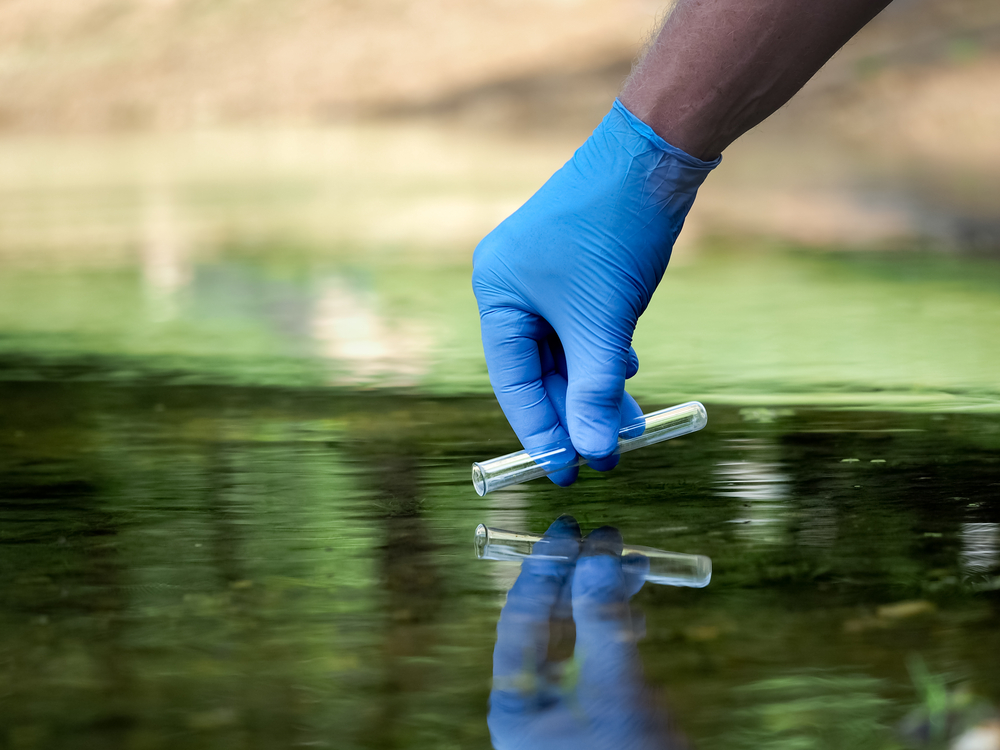Sector - Sustainability
Environmental monitoring and its role in the life cycle of a construction site

How did it happen? When? What do we do next? These are phrases that ring out across construction or industrial sites, fortunately not that often, but when they do, the penalties can be severe.

Dr Phil Aldous, Thomson Ecology
If pollution and environmental damage has occurred, the Environment Agency will come down hard and the size of fines has been steadily increasing. At the top end, the fines can be steep, such as the £20M that Thames Water was fined for polluting the River Thames. This is unusual but there is definitely an upward trend in the scale and level of punishment with legislation moving towards not just financial penalties but environmental civil sanctions and restoration. Writing a cheque is no longer good enough; ongoing environmental responsibility and restoration are now just as important.
If your site suffers a pollution incident, how do you go about repairing the damage? Knowing the baseline starting point is key because not all waters are pristine even if we wish that to be the case. The recent Environment Agency Report on water quality (February 2018) provides some horrifying statistics:
- In 2016, 86% of river water bodies had not reached good ecological status
- Water quality issues were the cause of 38% of all fish test failures in rivers in 2015
- Water quality issues were the cause of 61% of macro-invertebrate test failures in rivers in 2015.
An operator may therefore wonder why they should have to re-establish a river to a condition it did not meet to start with. This is where defensive monitoring plays a very important role in ensuring that companies are not forced to undertake unnecessary remediation. A review of any historic water quality data and previous upstream pollution events should be the starting point. This is often missed, but is critical in setting the baseline scene, and having this information is helpful in establishing the parameters and location of your own water quality monitoring programme.
In addition to water quality data, Environment Agency open source data includes information about macroinvertebrates such as stone fly and caddisfly larvae, fish and invasive non-native species like zebra and quagga mussels. The value of these data sets is that they provide an overview of the condition of the water as an ecosystem and are also used by the Environment Agency for Water Framework Directive compliance assessments. The water quality may be good at the time you undertake spot sampling but the long-term water quality will be reflected in the abundance and variety of the macroinvertebrate species present. The contrary also applies.

The presence of non-native invasive species has a slightly different driver to pollution. The Infrastructure Act 2015 brought in responsibilities and liabilities surrounding the introduction of invasive species from one water body to another. This is an untested legal area but knowing whether invasive species are present in a water body where kit was last used before re-use is critical to ensuring translocation via mobile plant is avoided. The Environment Agency open source data is one place where this data can be found. In addition, data is held by the regional offices of the Association of Local Environmental Records Centres (ALERC).
So what do we recommend before commencing construction work in or near water courses? There are two initial elements:
- Strong due diligence
- Precautionary monitoring involving a biosecurity plan and a review of historic data covering water quality, macroinvertebrates, fish, and invasive species.
This should be combined with an ongoing monitoring programme that covers all these aspects to ensure that any changes in the baseline before works commence are recorded and that a targeted before, during and after monitoring programme is undertaken to demonstrate the ‘actual condition’ of the water over a predetermined period of time.
The evidence base collected, together with the responsible action of undertaking the programme voluntarily, are all factors that will influence the outcome should an incident occur. This is despite all the sensible and practical measures that are put in place as part of a pollution prevention management plan. After all, accidents do happen. Being prepared makes commercial sense and will soon become an operating norm.
Article submitted by Dr Phil Aldous, Director of Water, Thomson Ecology
If you would like to read more articles like this then please click here.
Related Articles
More Sustainability News
- Major boost for mine water heat revolution
29 Jul 25
New study shows 87% of coalfield boreholes succeed.
- Plan to kickstart onshore wind revolution
17 Jul 25
Onshore wind is set to accelerate over the second half of the decade.
- Homes England supports Greencore Homes with new sustainable homes
16 Jul 25
Homes England will provide funding to support the delivery of Milton Heights.






